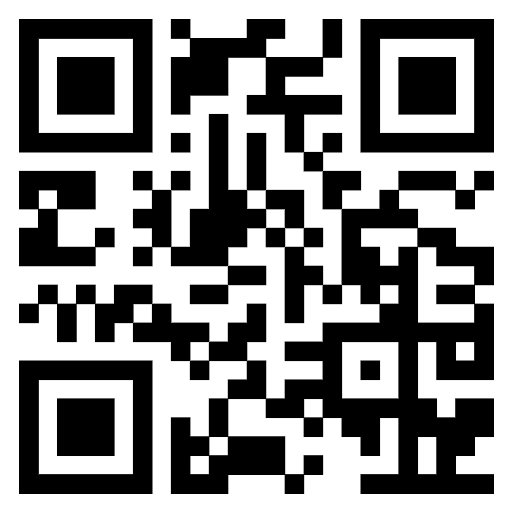




Nanomedicine is a rapidly growing field that applies the principles of nanotechnology to improve healthcare, with a focus on the diagnosis, treatment, and prevention of diseases. Nanoparticles offer unique properties that make them useful in medicine, including a high surface area-to-volume ratio and specific targeting capabilities. The article reviews the different types of nanomedicines used in the pharmaceutical industry and their potential benefits, as well as the mechanisms of targeted drug delivery. While nanomedicine has led to the development of globally marketed therapies such as Doxil and Abraxane, regulatory and ethical considerations must be addressed to ensure safety and efficacy. The limitations of nanomedicines in targeted drug delivery, such as limited drug payload capacity and lack of specificity, must also be addressed. Despite the challenges, the prospects for nanomedicine are promising, with the potential to revolutionize personalized medicine, improve disease diagnosis and treatment, and support tissue regeneration and repair. Integration with artificial intelligence can lead to more precise and efficient drug delivery and disease diagnosis. Continued investment and collaboration between researchers, healthcare providers, and industry partners can help overcome obstacles and unlock the full potential of nanomedicine. Overall, nanomedicine is an exciting and promising field that has the potential to significantly improve healthcare outcomes.